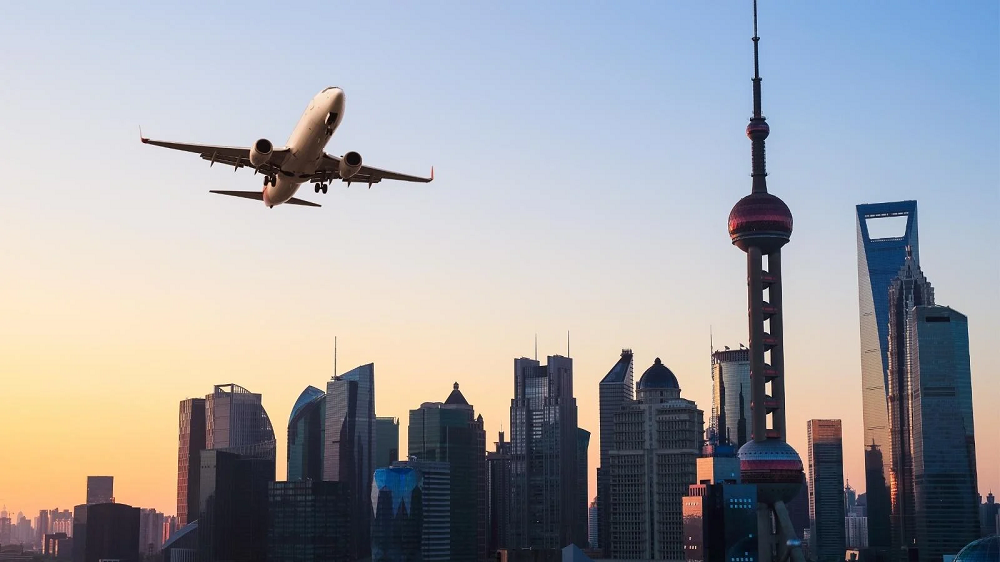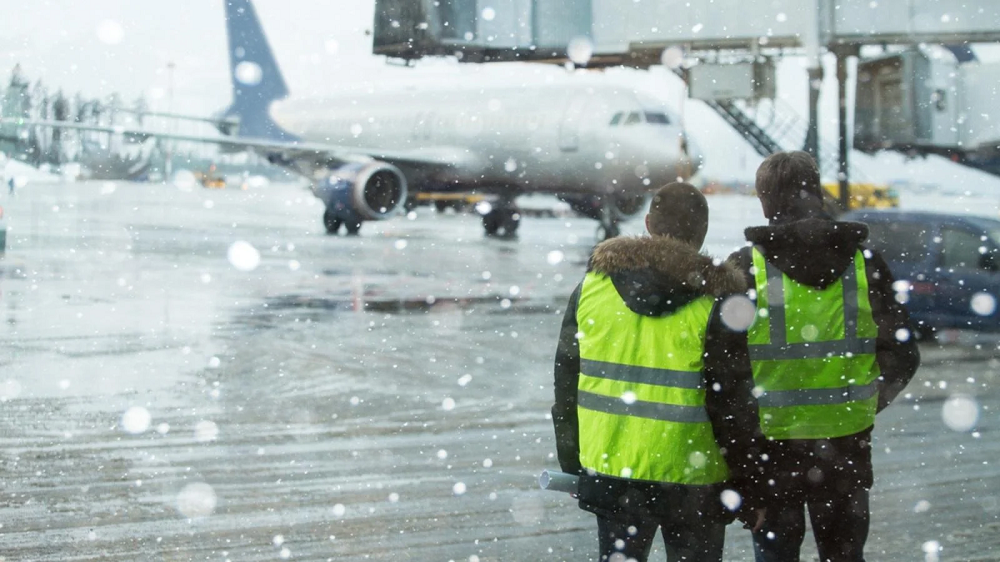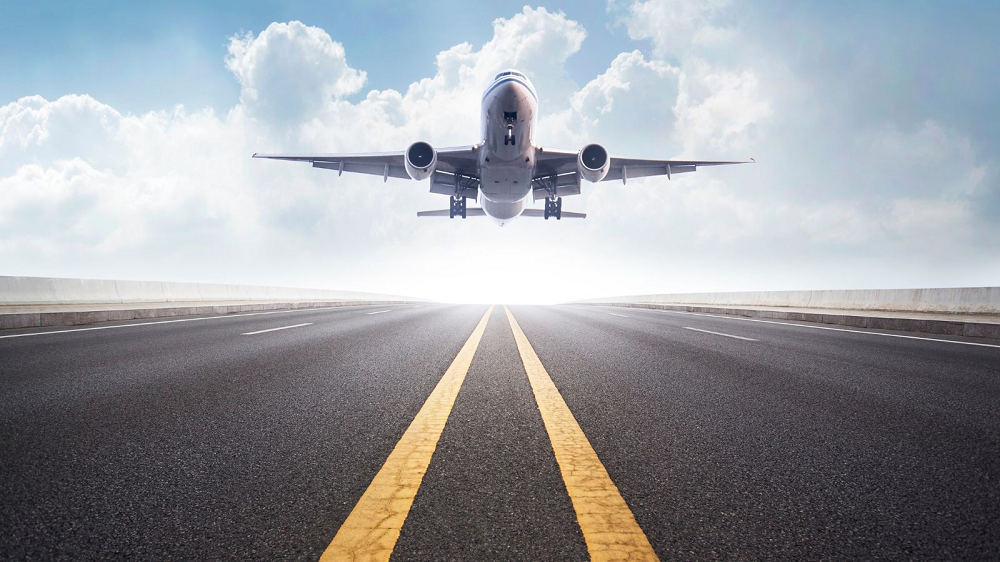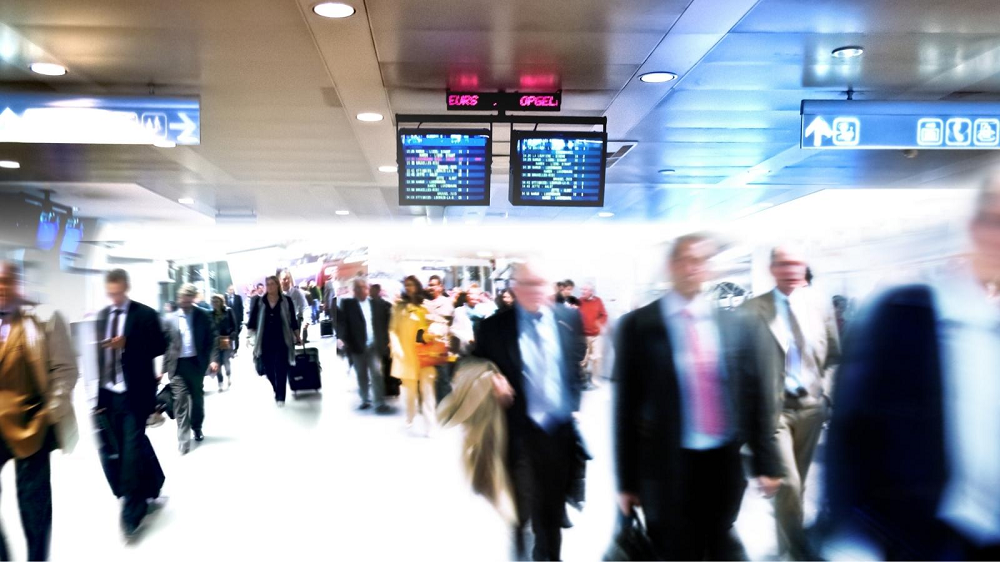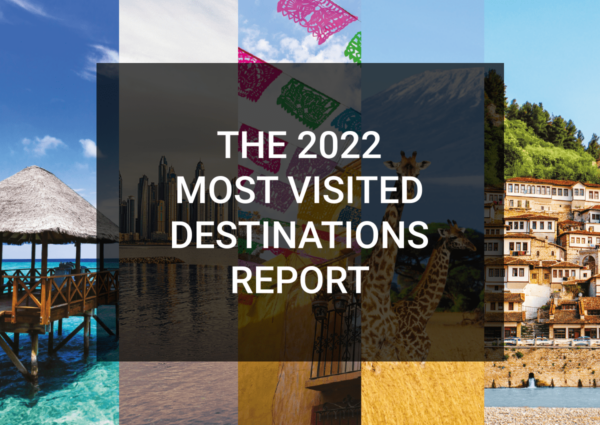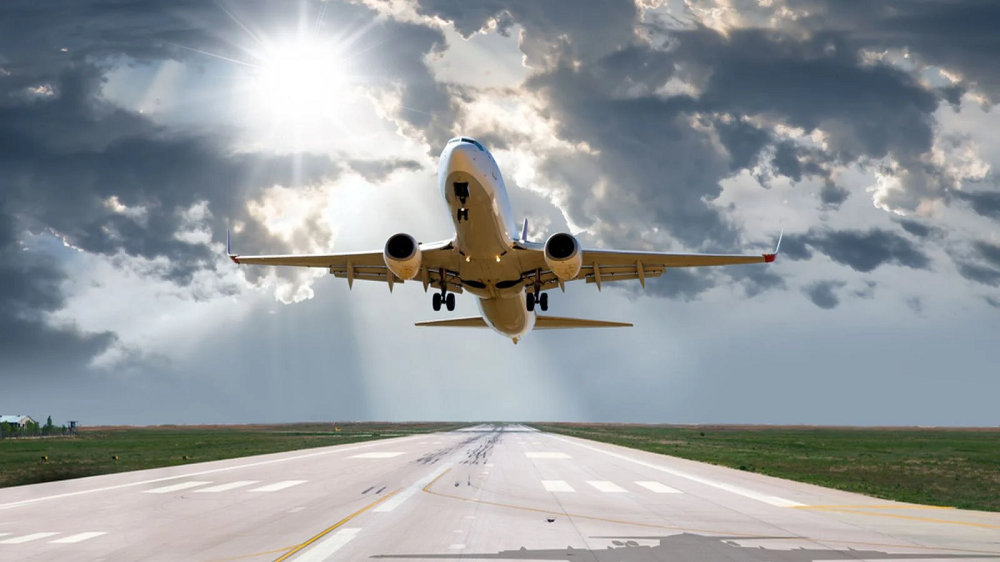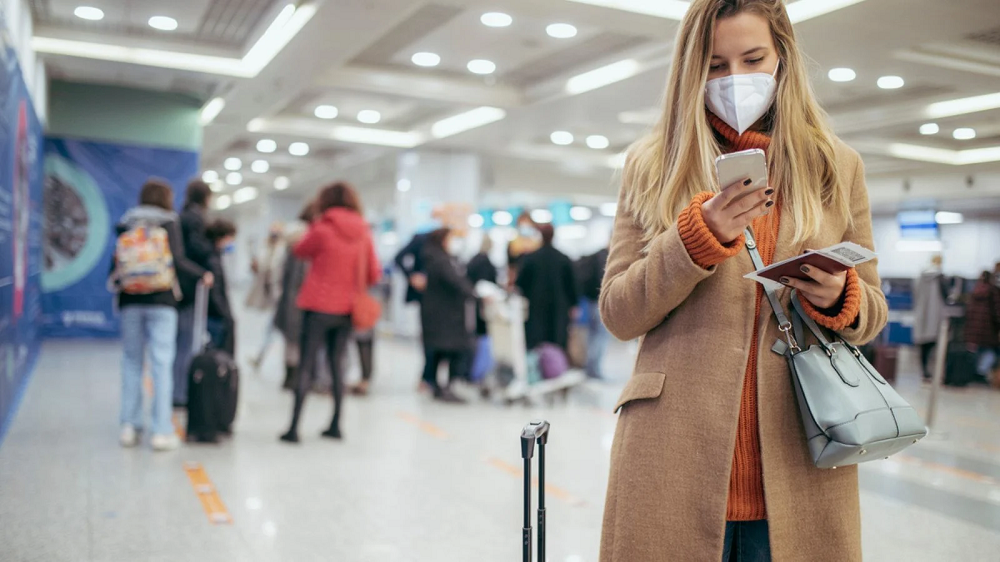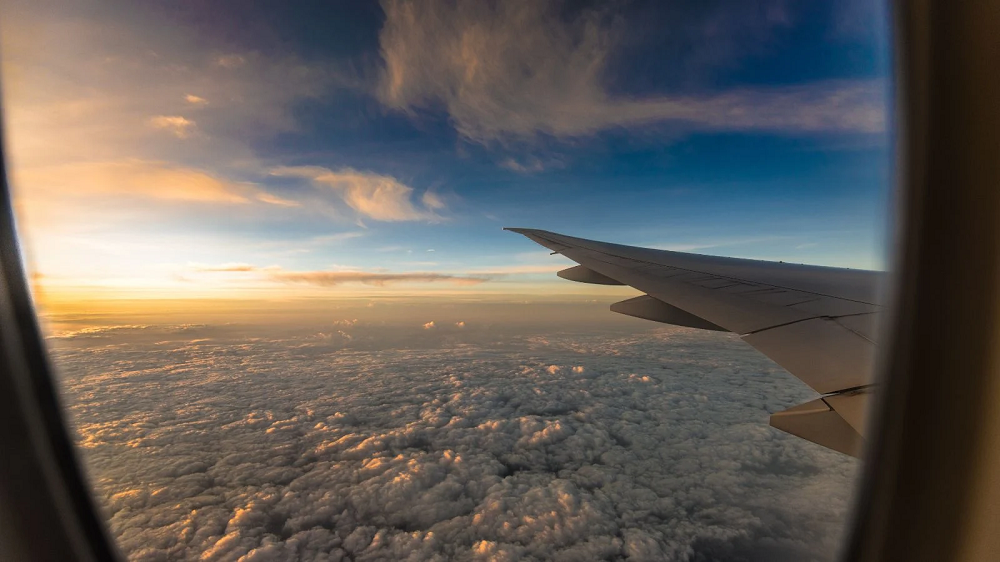China’s decision to ditch its zero-Covid policy has triggered a surge in flight bookings, according to the latest data from ForwardKeys. On 7th December, Chinese authorities announced that a negative PCR test would no longer be required for air travel between provinces. Domestic flight bookings immediately surged 56% on the previous week and continued to increase 69% the following week. On 26th December, China removed all COVID-related restrictions on domestic air travel; and bookings surged again, reaching 50% of 2019’s level in the final week of the year.
Messaging regarding the recovery of the business travel segment has been mixed. Since the onset of the COVID-19 pandemic, a number of the industry’s leading voices have claimed that business travel will never fully recover due to changing working habits – namely remote working and digital nomadism; company cost reduction; and a growing awareness of environmental issues.
2022 has been another year of ups and downs for Chinese aviation, at least in terms of how much flying has been done. No other market, perhaps in history, has seen the same degree of volatility in the schedules being operated by airlines. According to the latest OAG data, in December 2022 there was 35% more capacity than in November (which saw capacity fall by 32% compared to October). Of course, not every month has seen such swings, but overall China has seen capacity deteriorate in 2022 compared to 2021, an unusual situation when aviation in most countries continues to be in recovery from the global pandemic.
China is back! Well at least for this week, which highlights how quickly airline capacity can change when travel restrictions are eased. In one week an additional 3 million seats have been added, a 30% increase across the Chinese domestic market. It’s clearly a great seasonal gift and hopefully a sign of things to come, although things change quickly in China and there has been minimal movement in international capacity. With this growth global capacity has smashed back through the 90 million weekly mark back up to 94.5 million with many airlines around the globe adding more capacity ahead of the seasonal holiday period.
Nearly two years have passed since STR published its first business travel recovery blog under the headline, “Waiting for Business Travel to Return.” Now 11 months into 2022, the wait for that return has been over for some time although further gains are needed to reach pre-pandemic levels. According to consumers, those gains are on the way with combination business/leisure trips representing the biggest increase.
Judging by the way that airlines are moving capacity up and down over the next few weeks it is already Christmas in most markets around the world. Over the next four weeks capacity fluctuates up and down by over 10% with some airlines adjusting capacity by up to 40% in the next two weeks. The current lull in capacity sees this week dip to 89.9 million seats as we see China once again lurch backward with another round of capacity cuts and with April 2023’s Formula One Grand Prix already cancelled it seems that nothing will be changing soon.
After a bumpy road in travel recovery in the post-pandemic phase, it appears Africa can finally take a sigh of relief. ForwardKeys’ team of analysts have examined the latest air ticketing data in time for the MEADFA event in Bahrain and unearthed several gems. When looking at international arrivals for 2022, there is cause for optimism as Africa is performing comfortably above the global average.
STR’s global “bubble chart” update through 19 November 2022 showed the strongest performance of the year thus far. Egypt, Argentina, Israel, Singapore, and the United Arab Emirates were the top five performing countries in revenue per available room (RevPAR) on an actual basis. Europe saw less representation at the top of the leader board, partly due to seasonality with the colder months arriving around the continent, but a continued strong position in relation to pre-pandemic comparables.
An analysis by ForwardKeys, a knowledge partner of City Destinations Alliance (CityDNA), reveals at the Annual CEO Meeting of Capital and Major Cities by CityDNA, that the latest air ticketing data show European cities on track to recovery in Q4. While international travel recovery worldwide in Q4 tracks 30% below 2019 levels, the European continent overperforms the world average at -24%. This also represents an acceleration compared with the -30% registered in Europe in Q3.
This week global scheduled airline capacity – that is, the number of seats being flown by airlines around the world – remains only 85% of where it was in the same week in 2019. Not only has there been no growth for three years, but the industry is still a significant way behind where it was. And this is an industry that had become accustomed to average annual capacity growth of 3.5% over more than 20 years.
For the week of 6-12 November 2022, the post-Halloween demand return continued, as the metric increased 3.4% week on week (WoW). As a result, occupancy rose to 64.6% from 62.4% a week prior. Midweek occupancy, Tuesday through Thursday, fell slightly from 65% to 64.8% as softness outside the Top 25 markets dampened the measure. Top 25 midweek occupancy rose to 71.8%, up 0.5 percentage points (ppts) WoW. Weekend occupancy remained above 73% across the U.S., up 0.7ppts WoW.
In the United States, changes to how we fly, which airlines we choose, and how those airlines have responded to challenges are now evident. Latest analysis of which US hub airports have grown and which are operating with a smaller network than they were a few years ago reveal some interesting trends towards legacy and low-cost airlines. Starting with the Top 25 US Airports in 2019, at the top of the list was Atlanta Airport (ATL), a position it retains to this day.
A turbulent two years due to the pandemic proved to be the ultimate test of resilience and business continuity for hotels in Ireland. This year, however, has produced a strong recovery despite a difficult start and ongoing global macroeconomic uncertainty. Hotels in Ireland have been successful in navigating the choppy waters as evidenced by the performance recorded thus far in 2022.
At the World Travel Market in London this week ForwardKeys has announced the performance of the top global destinations of 2022 by publishing an annual Most Visited Destinations report that is available in hard copy at the event and to download at the bottom of this page. The top country list is headed by the Dominican Republic, and the top city list by Antalya in Turkey. Between 1st January and 18th October (the latest available air ticketing data), the Dominican Republic welcomed 5% more visitors than it did in 2019. It is followed by Turkey, Costa Rica, and Mexico, which all welcomed the same number of visitors.
Returning to work after a two-week holiday and it’s good to know that at least in the airline industry not much has happened! If only it were the same in other areas… The good news is that many of the major airlines around the world have been reporting their second quarter results in the last week and for many carriers they are certainly a lot better than this time last year and for many the third quarter outlook is better than expected.
Global hotel hotel demand continues to strengthen, and the recovery index for the metric hit a pandemic-era high at the end of the third quarter of 2022. Among comparable, reporting hotels—those properties reporting data for the 2019 and 2022 year-to-date periods—September demand was just 6% shy of pre-pandemic levels. September was the fifth consecutive month with global demand recovery at a relatively stable point, at slightly more than 90% of pre-pandemic levels.
Global airline capacity has bounced back as a combination of both lockdowns in China and the end of Golden Week has resulted in airline capacity moving back to 97.2 million. In a nutshell, all that increase is down to the growth in China, although quite how long before the next capacity cut is anyone’s guess.t. This week’s capacity data would be very quiet if it wasn’t for that one major change in China.
STR’s global bubble chart update shows steady top-line performance indicators around much of the world during the four weeks ending 24 September 2022. While most countries maintained their recovery pace since our previous update, China’s struggles continued while other Asian countries saw a pickup in recovery pace. Among the 48 countries with room supply of more than 50,000 hotel rooms, 12 posted occupancy above 75%, which was one more than the previous 28-day period. Average daily rate (ADR) softened after the summer peak as only four countries recorded a level of $250 or above, which was two countries less than previous four-week period.
European travel retail stands to benefit from the return of affluent American travellers to the continent, while the recovery of multi-destination trips is another positive development for the sector. The easing of entry requirements throughout Europe comes as a relief to the entire travel industry – not least the travel retail sector, which relies on the steady flow of wealthy travellers through airports. As a result of Europe’s reactivation, both intracontinental and long-haul inbound travel are recovering well.
Three pieces of good news broke in Asia last week that, although not providing an immediate impact on global airline capacity, will in the coming weeks help several airlines and airports in the region rebuild capacity. Of course, pressure will be building for China to relax its travel restrictions as Japan removes visa requirements, Hong Kong ended mandatory Covid-19 hotel quarantine for international arrivals, and Chinese Taipei relaxes regulations. This has to be a good news week in Asia.














































